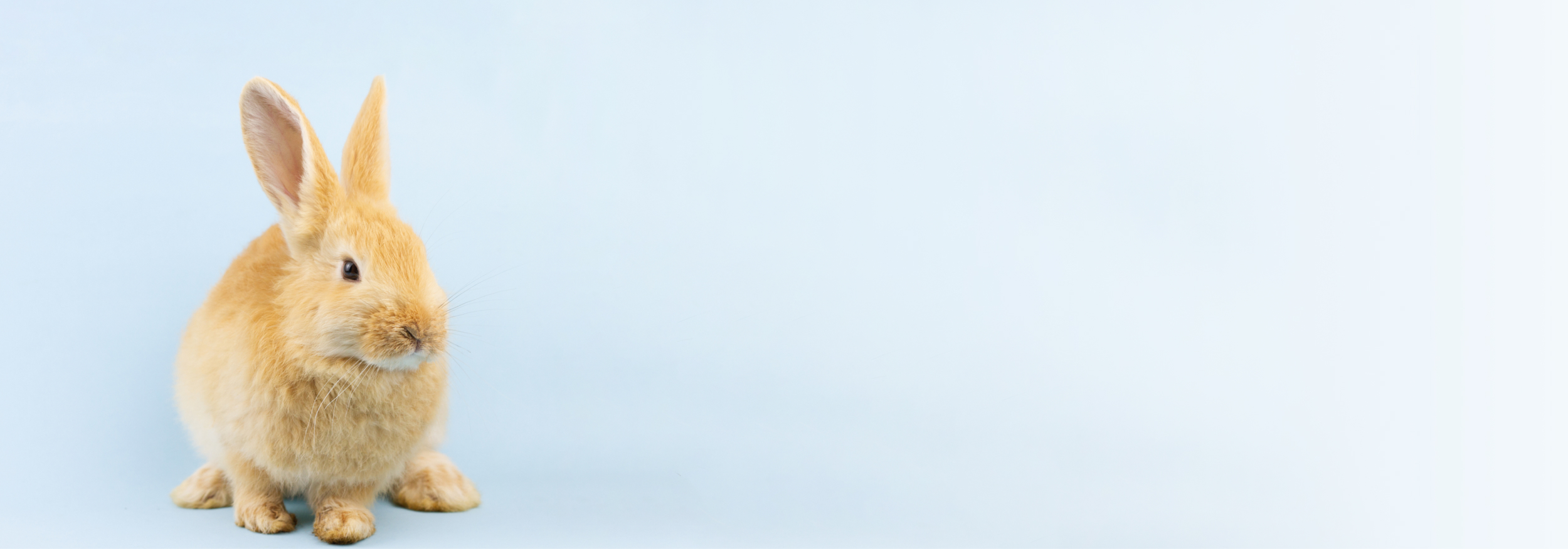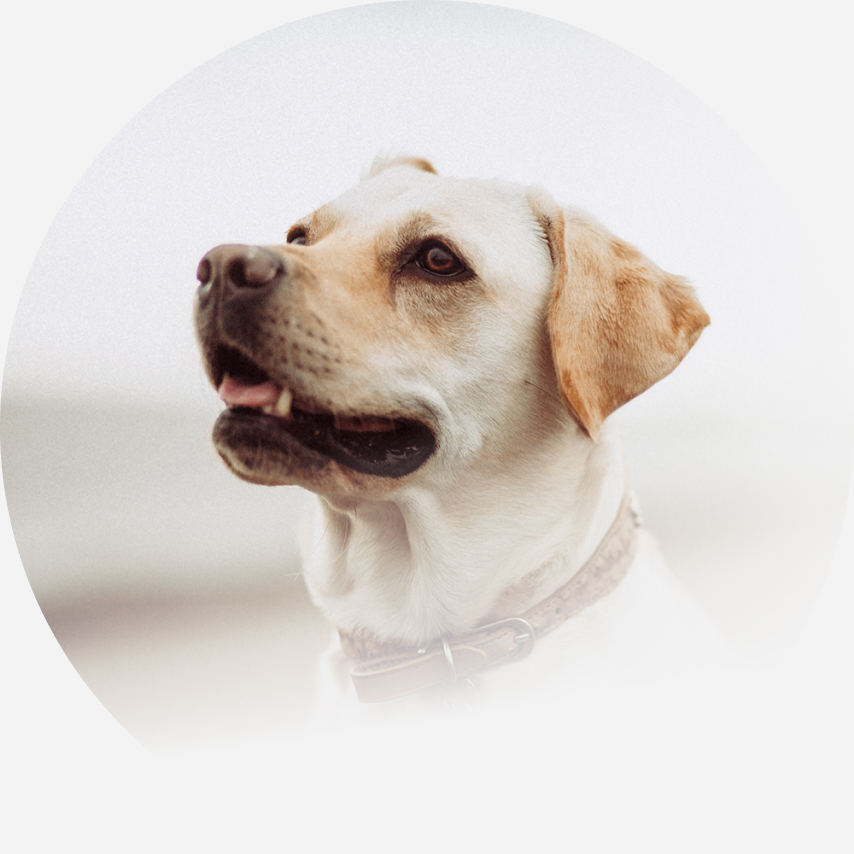Chickens Bred for Meat
SPCA advocates for the importation of slower-growing, more humane chicken breeds.
The only breeds available in New Zealand are conventional commercial breeds bred primarily for accelerated growth rates. The genetics used do not adequately safeguard chicken welfare or ensure a Good Life with opportunities for positive welfare.
SPCA advocates for the importation of slower-growing breeds to replace currently used breeds and improve the welfare of chickens used commercially for meat production. Suitable breeds meet the requirements of the Better Chicken Commitment. More humane breeds of chicken experience lower on-farm mortality, less lameness and hock burn, fewer musculoskeletal defects, and display increased levels of normal behaviours such as play, dust bathing and interacting with enrichment.
SPCA opposes the use of commercial breeds where food restriction throughout production is necessary for parent stock.
The parent stock of chickens bred for meat have unique welfare challenges due to the fact that they are also bred for fast and efficient growth but must be kept healthy for long enough to breed. To control their growth, many parent birds are feed restricted, but this leads to feelings of hunger, stress and frustration. SPCA advocates for the use of breeds where breeding birds are able to walk around without difficulty and maintain their health and reproductive fitness without feed restrictions.
SPCA advocates for the development of Minimum Standards under a code of welfare that are specific to the parent stock of chickens bred for meat.
SPCA supports farming systems that provide chickens with a Good Life where they experience positive welfare and their physical, health, and behavioural needs are met.
Chickens are sentient animals that are capable of having feelings, emotions, perceptions and experiences that matter to them.
SPCA advocates that all chickens farmed for meat must be reared in free range systems with unrestricted access to an outdoor area for at least 8 hours per day. The range must provide appropriate, well-maintained ground and vegetative cover and suitable artificial and natural shelters that protects them from the elements and overhead predators.
Within the main housing, environmental factors such as temperature, humidity, ammonia and dust levels must be controlled, and litter quality and proper ventilation must be maintained to ensure the health and comfort of the chickens at all times.
The housing environment must include effective and suitable enrichment material that allows for a range of species-specific behaviours such as scratching, foraging, pecking, dust-bathing, and perching.
Chickens must be provided with sufficient space that allows them to move freely and perform natural behaviours such as preening, wing flapping, and stretching.
Chickens must never be kept in continuous or near continuous light or dark. Chickens should have access to natural light and lighting patterns.
SPCA supports free range farming systems which provide meat chickens with an appropriate space allowance inside the shed to give them the opportunity to perform natural behaviours.
SPCA advocates for the recommended best practice stocking density of 30kg/m2 for all meat chicken production systems, rather than the 38kg/m2 currently allowed for.
SPCA opposes the practice of thinning of chickens.
Thinning (where a proportion of the meat chicken population is removed for slaughter at a lower weight to control the stocking density) is known to have negative welfare and health implications for the remaining birds.
Where thinning is conducted, segregated thinning must be used to minimise stress to the remaining chickens.
SPCA opposes the handling and catching of chickens that causes harm or distress.
Chickens should be handled humanely at all times and be caught efficiently and in a manner that causes minimum stress. Chickens should never be caught or carried by their legs or wings or inverted. Instead, chickens should be carried around the body and kept upright and handled humanely at all times.
Prior to sending the birds to slaughter, meat chickens should be caught humanely and efficiently and in blue light (or other proven suitable dark lighting conditions) to minimise stress.
Our organisation acknowledges that inverting birds and carrying them by both legs is the industry’s common method for handling chickens, however SPCA advocates for the development and widespread application of more humane methods of handling chickens, both layers and meat chickens, across the industry.
SPCA advocates for research and investment into improved slaughter methods for meat chickens.
SPCA advocates that all animals slaughtered for food should be killed in the most humane way possible. A humane slaughter method is one that leads to immediate death or uses stunning that renders an animal instantly and entirely insensible to pain before slaughter and until death. A humane slaughter method should be non-aversive (minimising pain and distress).
SPCA opposes electrical water bath stunning and live inversion for the slaughter of meat chickens.
The commercial slaughter of poultry is generally carried out in purpose-built facilities with a very high throughput and automation. The most common slaughter method involves hanging conscious chickens upside down using leg shackles on a conveyor belt (known as inversion). The chickens’ heads are then passed through an electrified water bath to render them unconscious before they are bled out to cause death.
Shackling and inversion induces negative affective states such as pain, fear and stress, which can lead to wing-flapping and struggling. Inversion is associated with injuries such as dislocations and fractures, particularly in combination with the use of conventional chicken breeds. In water bath stunners where multiple birds are stunned at once, the electrical current can be uneven, leading to ineffective stunning and suffering of the animal.
SPCA calls for research into an alternative method of electrical stunning without conscious inversion, or the adoption of best-practice controlled atmosphere stunning.





